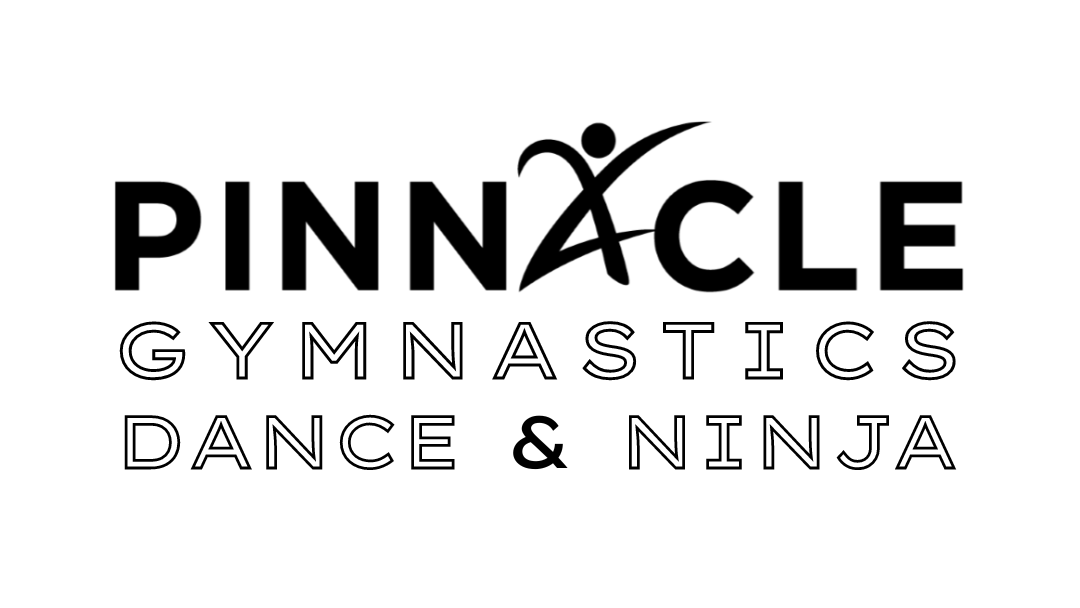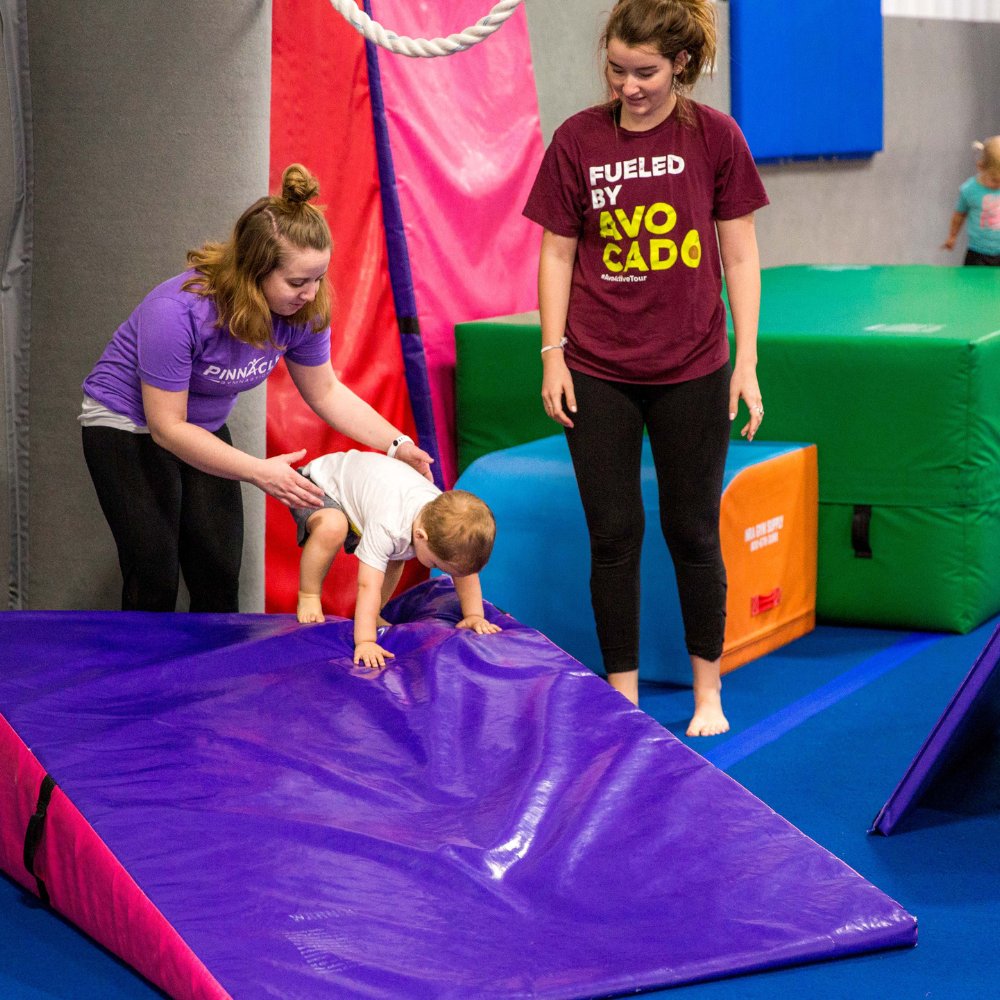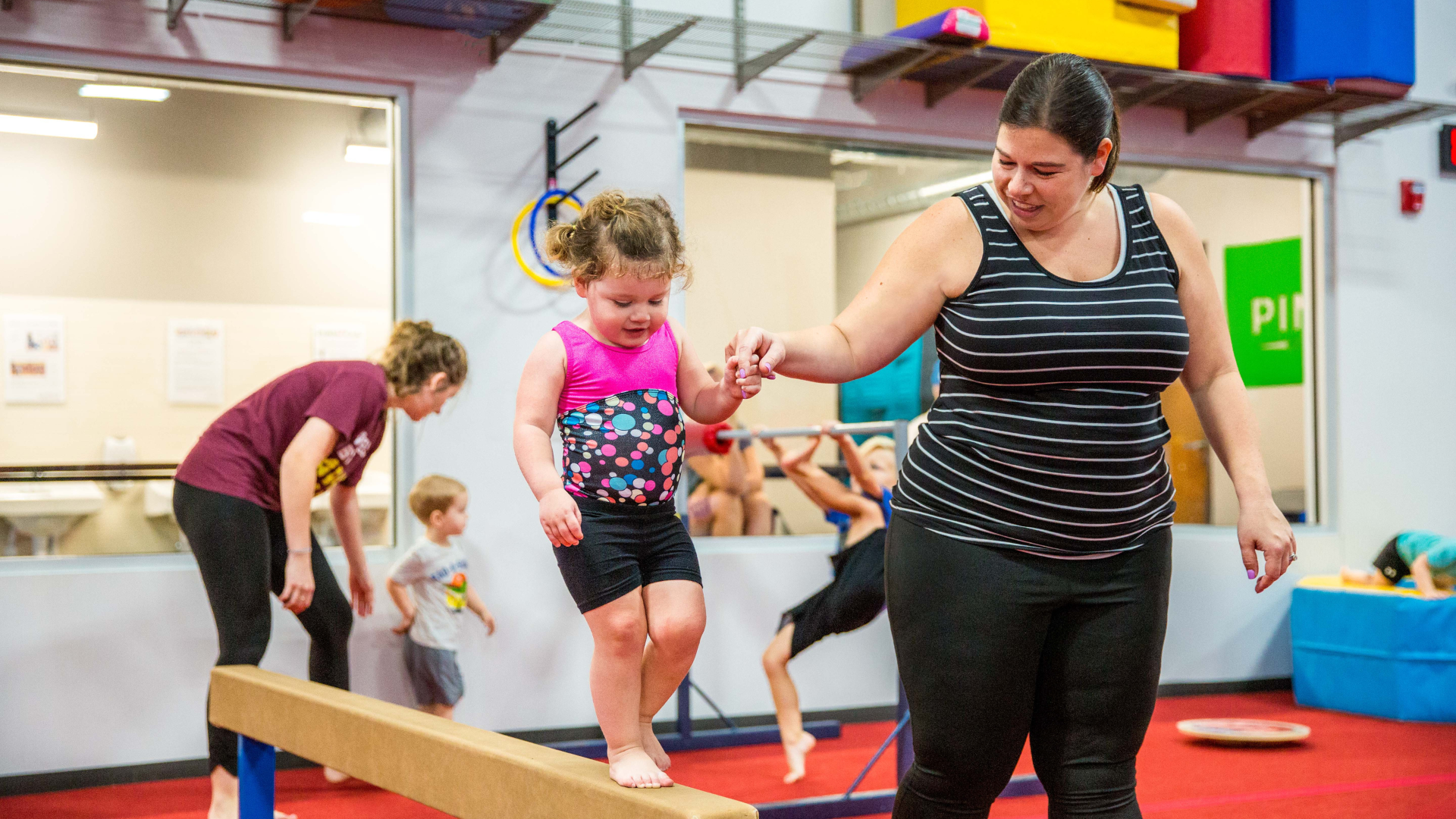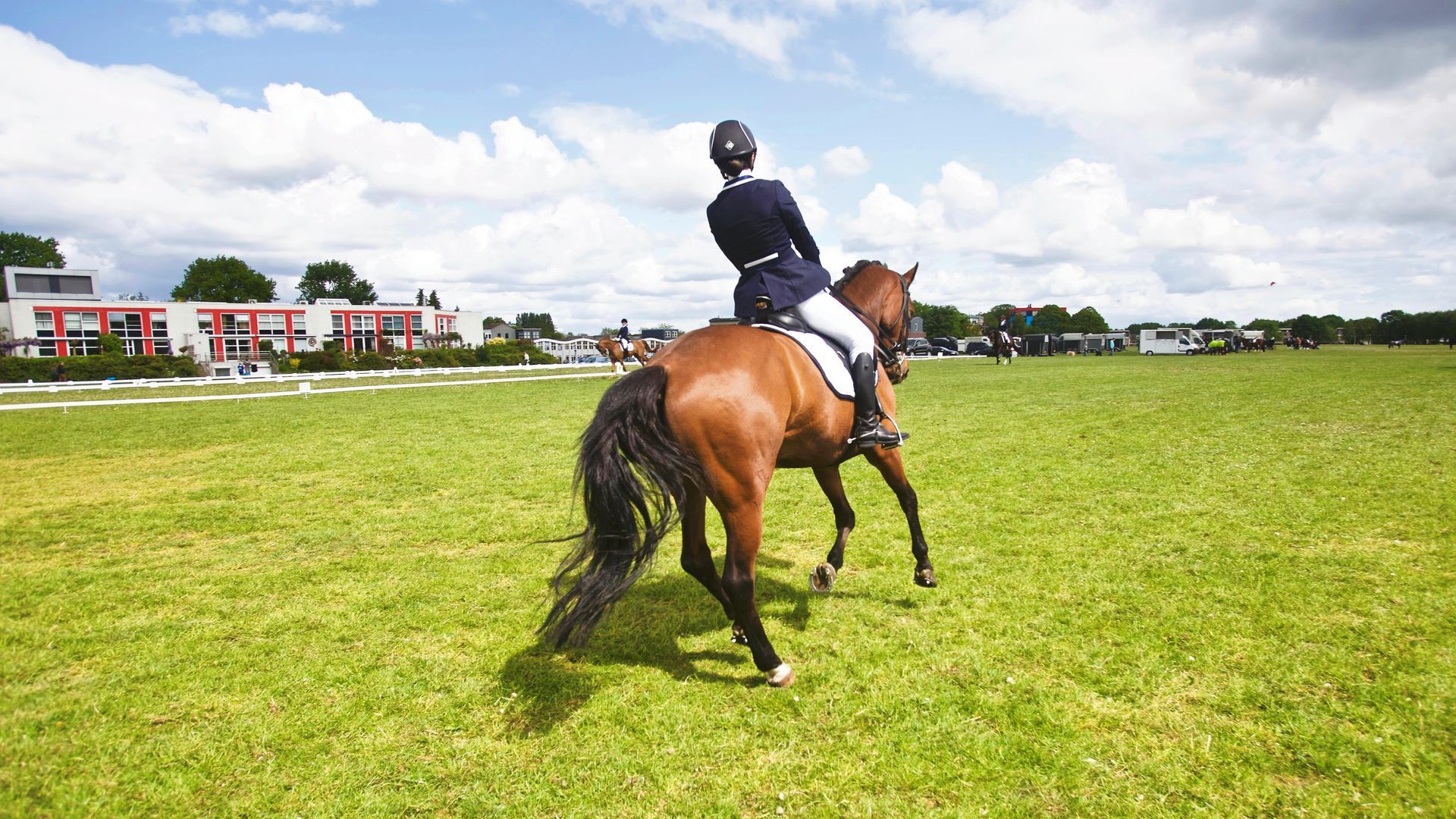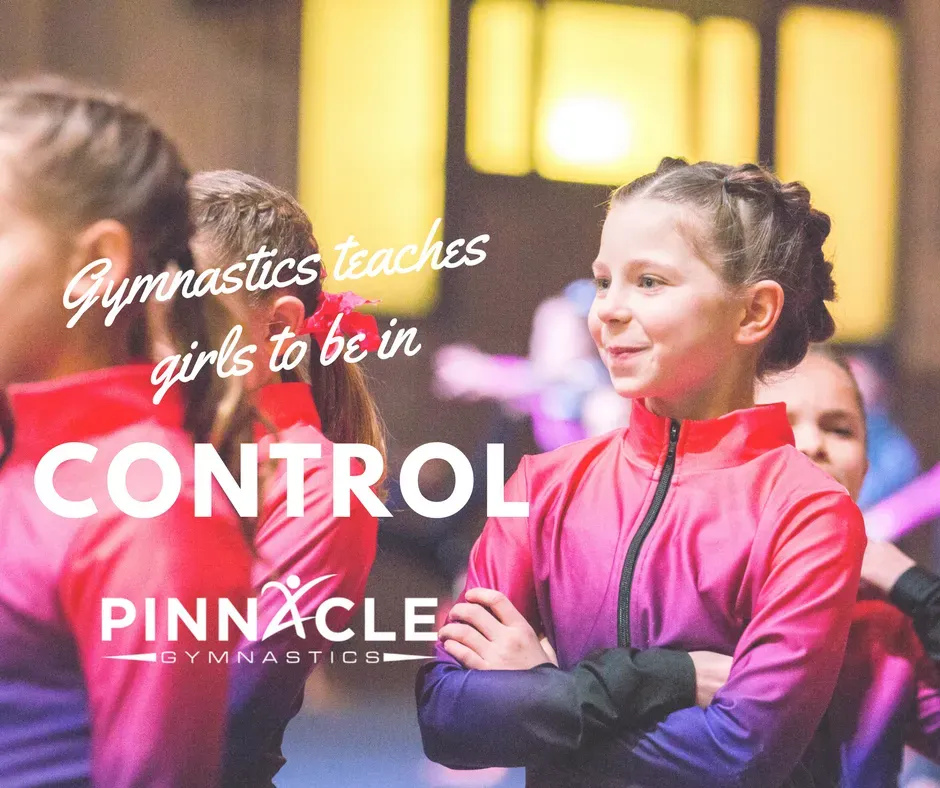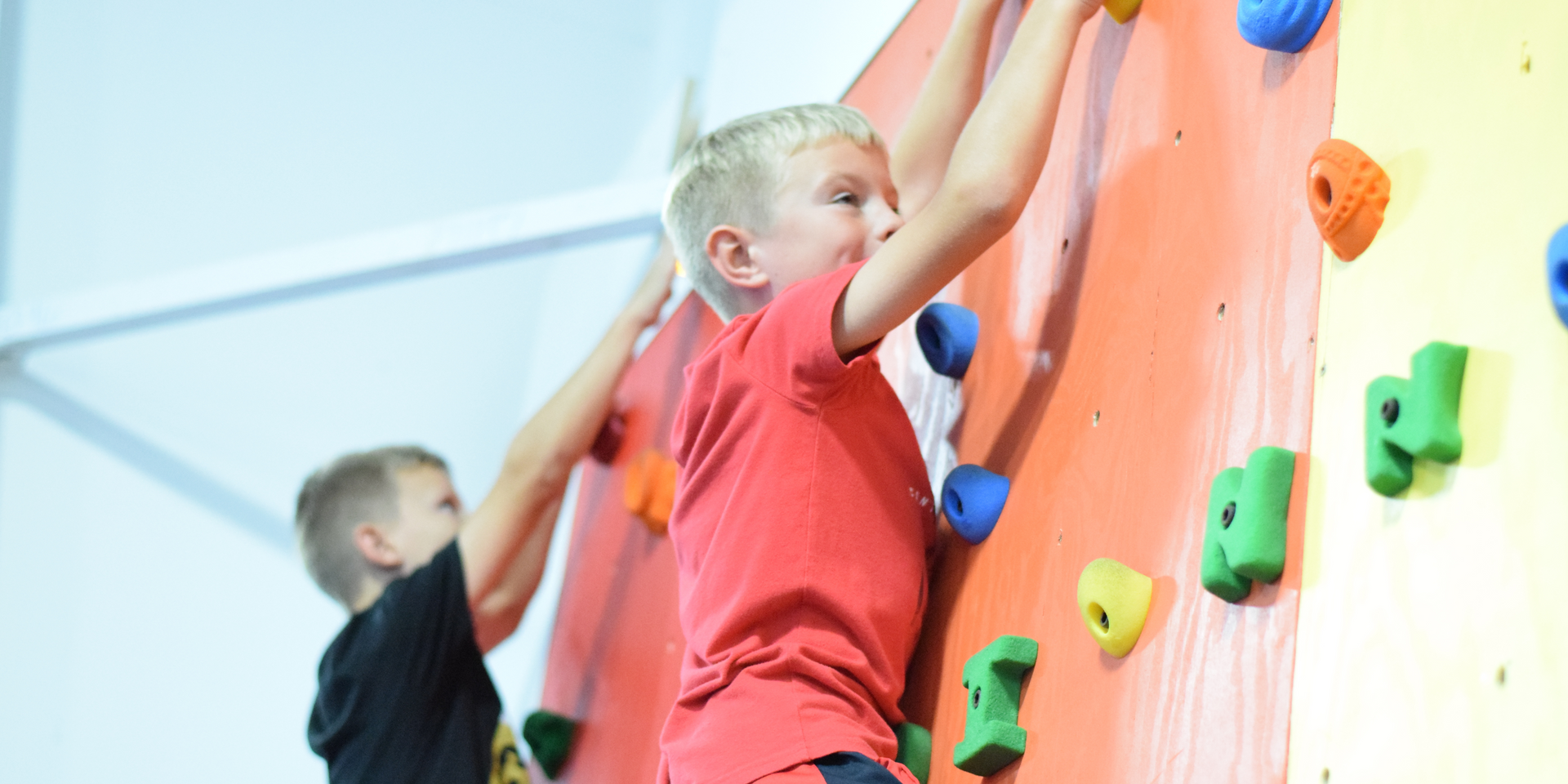10 Concepts Introduced in Parent Tot Gymnastics
10 Concepts Introduced in Parent Tot Gymnastics
Parent tot classes are so much more than gymnastics. These classes for 9-36 month olds provide an incredible opportunity to spend quality one on one time with your toddler while introducing them to so many new concepts. The best parent and tot classes incorporate stations that help to develop fine and gross motor skills. In addition, the class provides an opportunity for your toddler to practice listening and following directions, interacting with other adults and children, and learning to take take turns - important lessons needed for Preschool Gymnastics and traditional preschool.
Below are a few of my favorite parent and tot concepts:
Parent and tot gymnastics classes are a wonderful way to foster early childhood development while having loads of fun. These sessions combine physical activity, creativity, and bonding time, making them a favorite for kids and parents alike. Below are a few of my all-time favorite concepts, along with ideas to make each activity even more engaging.
1. Swinging and Hanging
Toddlers love to act like monkeys, and swinging and hanging activities let them embrace their inner jungle animal. Add some monkey sound effects for extra giggles! These activities help build grip strength, coordination, and confidence.
- Variations: Swing in a tuck, pike, straddle, or with toes on the bar.
- Equipment: Try swinging on bars, rings, parallel bars, or even between mats.
- Why It’s Important: These activities lay the groundwork for future bar skills and are excellent for building upper body strength.
2. Balancing on Anything and Everything
Balance activities encourage focus, core stability, and body awareness. The beauty of balancing is that almost anything can become a balance prop.
- Ideas: Balance boards, exercise balls, balance beams, squishy mats, one foot, or even tiptoes.
- Games: Create obstacle courses or “pretend play” scenarios like walking the plank or crossing a wobbly bridge.
- Why It’s Important: Developing balance at an early age supports coordination and reduces the risk of falls.
3. Bear Crawls
Bear crawls aren’t just adorable—they’re highly beneficial. Beyond building arm strength for cartwheels and handstands, bear crawls improve eye-tracking skills, a foundational skill for reading.
- Add Fun: Encourage kids to growl like a bear or pretend they’re chasing honey pots.
- Course Ideas: Set up cones or tunnels to crawl through.
- Why It’s Important: This activity helps with gross motor skills and upper body strength.
4. Climbing
In parent-tot classes, climbing is always a hit. It’s an energy-burning activity that also teaches problem-solving and safety awareness.
- Obstacle Ideas: Rollie mountains, block towers, tunnels, under mats, or through the foam pit.
- Safety Focus: Teach proper climbing techniques to improve playground safety.
- Why It’s Important: Climbing helps with spatial awareness, motor planning, and strength.
5. Jumping
Jumping is thrilling for toddlers and an essential skill for building leg strength and coordination.
- Where to Jump: Trampolines, tumble tracks, or even just off a mat or block.
- Focus on Safety: Practice safe landings, emphasizing bending knees and keeping feet together.
- Why It’s Important: Safe landing techniques are practical life skills that reduce injury risks.
6. Matching
Matching games combine physical activity with cognitive development.
- Game Idea: Place one half of a matching set on one side of the room and the other half on the opposite side. Have kids run, skip, or jump to find the match.
- Color Sorting: Use hoops and colored objects to create a matching and sorting game.
- Why It’s Important: Matching improves memory, cognitive skills, and independence.
7. Bubbles
Blowing bubbles is a magical way to end a class, offering a blend of fun and skill development.
- Interactive Play: Toddlers can jump, tiptoe, or stomp on bubbles.
- Fine Motor Practice: Encourage pinching motions to pop bubbles.
- Why It’s Important: Bubbles promote hand-eye coordination and fine motor skills.
8. Being Upside Down
Toddlers love going upside down, and it’s great for vestibular development.
- Activities: Somersaults, flapjacks (backward roll drills), cartwheel hops, and wall handstands.
- Encourage Confidence: Make it playful and safe to build trust.
- Why It’s Important: These movements develop body awareness and set the stage for advanced gymnastics skills.
9. Fine Motor Games
Fine motor activities help toddlers build the grip strength needed for gymnastics and everyday skills like writing.
- Favorites: Mr. Potato Head, puzzles, and stacking games—try them on balance beams for extra fun.
- Other Ideas: Pulling Velcro apart, squeezing water from sponges, and clipping clothespins.
- Why It’s Important: These activities improve grip strength, coordination, and hand dexterity.
10. Building Strength
Strength-building exercises can be incredibly fun with a little creativity.
- Activities: Riding on a towel for core strength, pushing a scooter for arm and leg power, or lying on your back to lift foam noodles.
- Why It’s Important: Building strength supports overall physical development and prepares toddlers for more advanced gymnastics skills.
Wrapping It All Up
Parent and tot gymnastics isn’t just about physical skills—it’s about creating joyful experiences that foster development, creativity, and bonding. Each of these concepts can be tailored to fit the unique energy and interests of your little ones. By incorporating fun themes and playful elements, you’re not only teaching valuable skills but also creating memories that will last a lifetime.
